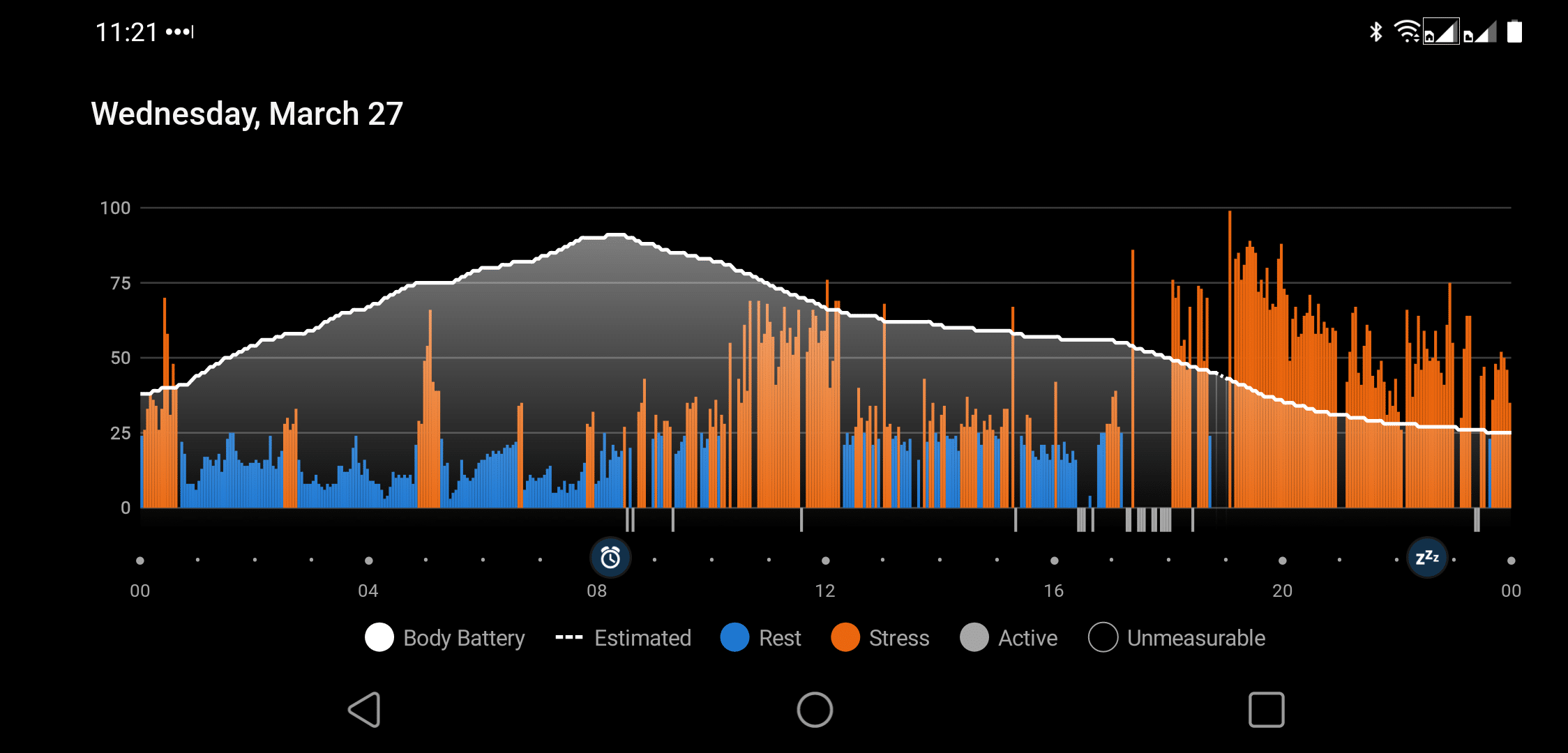The Coping Inventory for Stressful Situations (CISS) assesses individual responses to stress through three defined coping styles. Each style offers insights into how people manage stress, highlighting the importance of tailored strategies for effective stress management.
What is the Coping Inventory for Stressful Situations?
The Coping Inventory for Stressful Situations (CISS) is a psychological tool designed to assess individual responses to stress. It measures three main coping styles: task-oriented, emotion-oriented, and avoidance-oriented. This tool is widely used in research and practical settings to understand and improve stress management.
This blog is part of a series on “stress assessments.” The next blog is about the Perceived Stress Scale.
Key Benefits of Coping Inventory for Stressful Situations
- Accurate Assessment: Identifies individual coping styles effectively, enhancing self-awareness and stress management.
- Research-Backed: Relies on strong psychometric properties to provide valid results across various populations.
- Practical Applications: Utilized in clinical, educational, and workplace settings to develop tailored interventions.
- Enhances Intervention Strategies: Helps professionals tailor support based on an individual’s specific coping mechanisms.
- Cultural Adaptability: Effective across different cultural backgrounds, allowing for broader usability.
- Accessible Formats: The CISS is available in full and shorter versions, such as the 21-item version, to accommodate varied needs and time constraints.
Exploring Three Types of Coping Styles
The Coping Inventory for Stressful Situations (CISS), developed by Endler and Parker, meticulously categorizes how we react under pressure into three coping styles: task-oriented, emotion-oriented, and avoidance-oriented. Each style reflects a unique method of handling stress.
Task-oriented coping involves tackling the problem head-on, making lists, and checking them twice—like a more proactive Santa. On the other hand, emotion-oriented coping involves dealing with emotions that arise from stress, which might mean more brooding than action. Avoidance-oriented coping? That’s the art of distraction, like cleaning your house when you should be doing taxes.
| Coping Style | Description | Typical Behaviors |
|---|---|---|
| Task-Oriented | Approaches stress with problem-solving activities. | Making lists, planning, organizing |
| Emotion-Oriented | Focuses on emotional responses to stress. | Reflecting, discussing feelings, seeking emotional support |
| Avoidance-Oriented | Avoids dealing directly with the source of stress. | Distracting oneself, procrastinating, engaging in leisure activities |
Recognizing these styles through the CISS helps individuals identify which they lean toward in a stressful situation. This identification is crucial as it allows for the adaptation of more effective personal strategies for stress management.
The Structure of the Coping Inventory
The CISS is a structured assessment tool that meticulously measures the three primary coping styles. This instrument uses a 48-item self-report inventory to help pinpoint whether an individual’s natural inclination is task-oriented, emotion-oriented, or avoidance-oriented coping.
The clear categorization within the CISS ensures that each type of coping is measured distinctly, providing users with precise insights into their coping mechanisms. The version of the CISS often used in clinical settings can differ slightly, offering adaptations like the shorter 21-item version, which is more practical in time-sensitive environments.

The structure of the CISS not only facilitates the easy identification of an individual’s coping style but also provides reliable data that supports robust psychometric properties. This, in turn, aids researchers and practitioners in the critical review of coping strategies across varied demographic and situational landscapes.
Psychometric Properties of CISS
The CISS boasts strong psychometric properties, including high reliability and validity across diverse populations and stressful situations. This consistency makes the CISS a gold standard among psychological assessment tools. Extensive research supports its use, with studies highlighting its applicability among different age groups, including adolescents, and its effectiveness in various cultural contexts.
The validity of the coping inventory is regularly confirmed through rigorous testing, including confirmatory factor analysis, which ensures that the tool accurately measures what it is intended to.
The CISS’s ability to consistently produce reliable and valid results makes it an invaluable resource for understanding how different people manage stress, thereby contributing to developing tailored interventions to improve individual coping outcomes significantly.
Practical Applications in Stressful Situations
The practical application of the CISS is vast, spanning from clinical psychology to educational settings and even into the workplace. By understanding an individual’s coping style, professionals can tailor interventions that significantly reduce the impact of stress. For example, those strongly inclined toward emotion-oriented coping might benefit from strategies aimed at emotion regulation, such as mindfulness or therapeutic activities.
Similarly, in educational settings, students who display avoidance-oriented coping might be encouraged to confront stressful academic challenges with more structured support, thereby transforming potential academic setbacks into opportunities for growth.

Understanding employees’ predominant coping styles can lead to a more supportive environment, where stress management becomes part of the organizational culture, thus enhancing overall productivity and job satisfaction.
Personal Thoughts
Using the Coping Inventory for Stressful Situations (CISS) helped me identify my predominant coping styles, which were crucial during my most stressful periods. It offered a structured way to approach an overwhelming cascade of challenges.
This tool didn’t solve all my problems but clarified how I react to stress and guided me toward more effective strategies. It’s one piece of the puzzle in managing stress, and understanding your reactions can be immensely valuable for anyone struggling.
Don’t want to take the test online? Then get the downloadable version.
Take the coping inventory for stressful situations (CISS) Test here:
INSTRUCTIONS: The following are ways people react to various difficult, stressful, or upsetting situations.
Please select a number from 1 to 5 for each item. Indicate how much you engage in these activities when encountering a difficult, stressful, or upsetting situation.
Please leave your email below to receive the results in your inbox, along with my free eBook Beyond Deep Breaths, which contains ten lesser-known but very effective stress-coping skills to get you started.
When I encounter a difficult, stressful, or upsetting situation, I …
Frequently Asked Questions
How is the CISS structured to measure coping strategies?
The Coping Inventory for Stressful Situations (CISS) is structured around a 48-item self-report inventory that assesses three main coping styles: task-oriented, emotion-oriented, and avoidance-oriented. Each section is designed to provide detailed insights into how individuals react to stress and manage it effectively.
What are the psychometric properties of the CISS?
The CISS is known for its strong psychometric properties, including high reliability and validity across different contexts and populations. Confirmatory factor analysis supports its three-scale structure, ensuring the tool’s efficacy in reliably assessing the distinct coping styles.
Can the CISS be used for adolescents and young adults?
Yes, the CISS suits individuals across various age groups, including adolescents and young adults. It provides reliable insights into the coping mechanisms of younger individuals, helping in the early identification and management of ineffective stress response strategies.
What distinguishes the CISS from other coping assessments?
The CISS is unique in its explicit focus on distinguishing between task-oriented, emotion-oriented, and avoidance strategies. Developed by Endler and Parker, it offers a detailed perspective on individual coping mechanisms, setting it apart from other assessments that might not differentiate as clearly between these styles.





